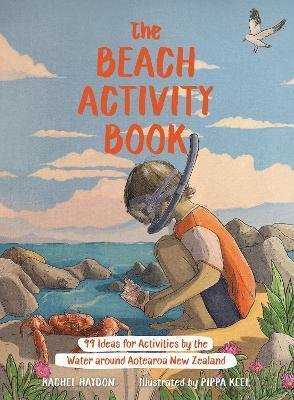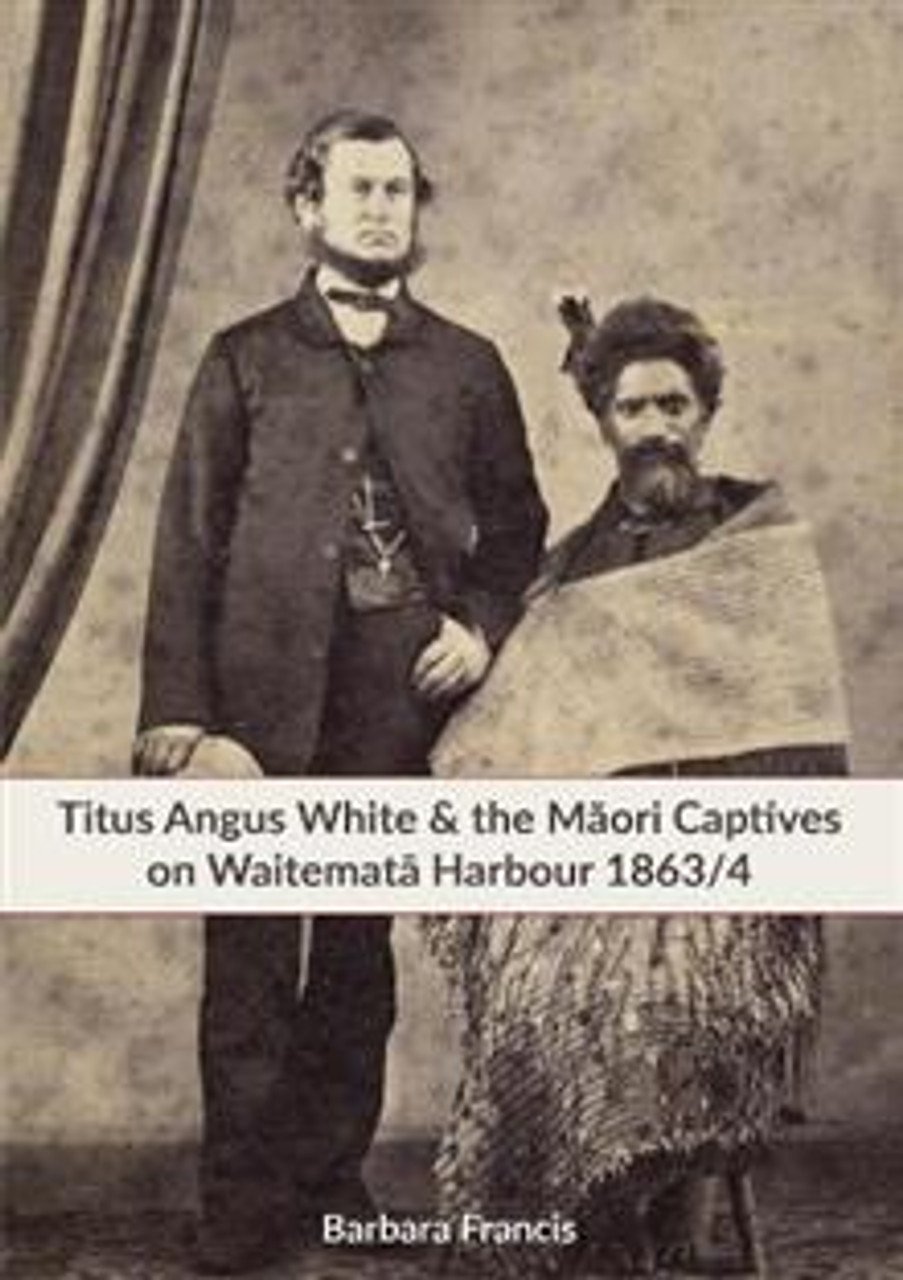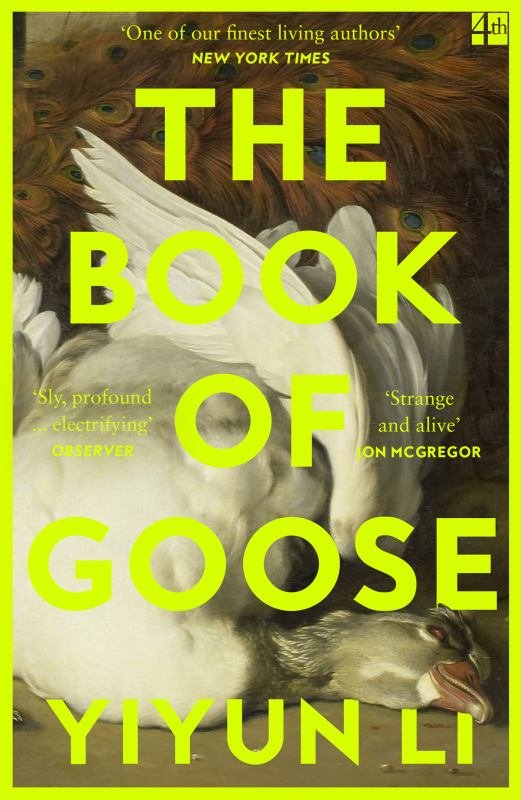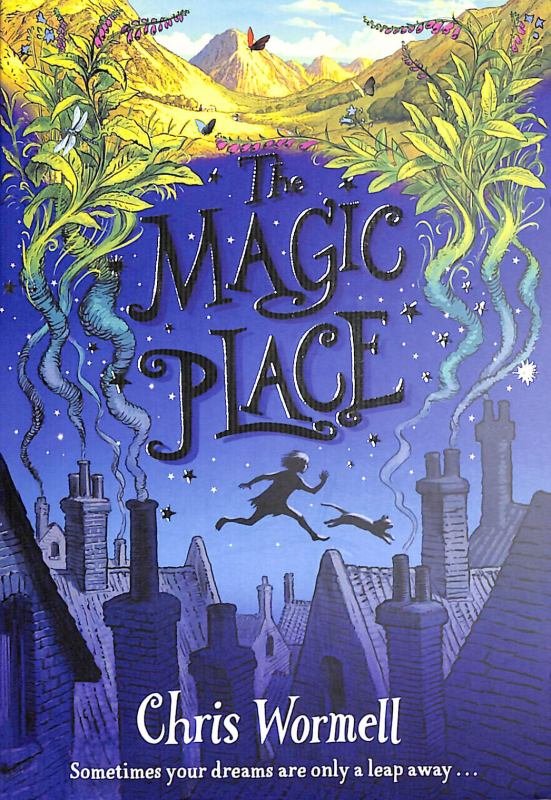NEW RELEASES (12.1.24)
Out of the carton and onto your shelf!
The Beach Activity Book: 99 ideas for activities by the water around Aotearoa New Zeland by Rachel Haydon, illustrated Pippa Keel $35
The 99 activities in this immersive book for children aged 7 to 14 range from experiments and observation to conservation and mindfulness. Developed to inspire curious young minds to explore and appreciate our beaches, lakes, rivers and streams, it is also designed to be taken out into natural environments and to be drawn and written in. Written by a children’s learning expert, all sorts of learning styles are recognised, with each activity being open to children who like to draw and those who like to write. The book’s journal-like format and activities that range across the seasons make it a long-term and much treasured companion. Mātauranga Māori concepts and the theme of nature connectedness are an integral part of the activities.
Titus Angus White and the Māori Captives on Waitematā Harbour, 1863/4 by Barbarar Francis $45
In November 1863 at the battle of Rangiriri, over 180 Māori defenders were taken prisoner. They were marched up the Great South Road to Ōtāhuhu, from where they were transferred onto the Waitematā Harbour. There they were held captive on the prison ship Marion for nearly eight months, supervised by their bilingual Pākehā Superintendent Titus Angus White, who was also sent to retrieve them after their subsequent escape from Kawau Island. This book is the story of Titus Angus White and the men he ended up supervising as they were imprisoned only 600 metres off the Port of Auckland. It is also the wider story of the invasion of the Waikato and the circumstances that led to the establishment of New Zealand’s largest ever floating prison.
“This work navigates the colonial propaganda and attempts to provide an objective perspective on a tumultuous time in New Zealand history – Barbara Francis has been meticulous in collecting, collating and connecting information to produce a detailed narrative around the work and thinking of Titus Angus White.” – Dr Mike Ross, Ngāti Hauā.
Granta 164: Last Notes edited by Sigrid Rausing $33
Generators, rockets, sirens and the clatter of chess – from war in Ukraine to construction booms in Phnom Penh and Cairo; from music to the experience of living in partial silence, this issue is an attempt to get at what we hear rather than what we see. Featuring non-fiction by Lydia Davis, Brian Dillon, Wiam El-Tamami, Peter Englund (tr. Sigrid Rausing), Diana Evans, Tabitha Lasley, Adam Mars-Jones, Maartje Scheltens, Anjan Sundaram, Y-Dang Troeung, Ed Vulliamy and Ada Wordsworth; Fiction by Nicola Barker, Mazen Maarouf (tr. Mazen Maarouf with Laura Susijn), Adèle Rosenfeld (tr. Jeffrey Zuckerman) and Brywan Washington poetry by Oluwaseun Olayiwola and Martha Sprackland; Photography by Suzie Howell (introduced by A.K. Blakemore), James Berrington and Sama Beydoun.
On the Tip of a Wave: How Ai Weiwei’s art is changing the tide by Joanna Ho and Cátia Chien $32
Told in Joanna Ho's lyrical writing, this is the story that shines a light on Ai Weiwei and his journey, specifically how the ‘Life Jackets’ exhibit at Konzerthaus Berlin came to be. As conditions for refugees worsened, Ai Weiwei was inspired by the discarded life jackets on the shores of Lesbos to create a bold installation that would grab the attention of the world. Cátia Chien portrays the intricate life of Ai Weiwei with inspirations from woodblock printing and a special emphasis on the color orange, the same color of the life jackets that became a beacon of hope. Through Chien’s dynamic illustrations, we see how Ai Weiwei became the activist and artist he is today while proving the power of art within humanity.
The Book of Goose by Yiyun Li $27
Fabienne is dead. Her childhood best friend, Agnes, receives the news in America, far from the French countryside where the two girls were raised — the place that Fabienne helped Agnes escape ten years ago. Now, Agnes is free to tell her story. As children in a backwater town, they'd built a private world, invisible to everyone but themselves — until Fabienne hatched the plan that would change everything, launching Agnes on an epic trajectory through fame, fortune, and terrible loss. A dark, ravishing tale winding from the rural provinces to Paris, from an English boarding school, to the quiet Pennsylvania home where Agnes can live without her past. Now in paperback.
”Wonderfully strange and alive.” —Jon McGregor
”Li has become one of our finest living authors: Her elegant metaphysics never elide the blood and maggots . The most propulsively entertaining of Li's novels, an existential fable that illuminates the tangle of motives behind our writing of stories.” —New York Times
Barcode (‘Object Lessons series) by Jordan Bogost $25
Barcodes are about as ordinary as an object can be. Billions of them are scanned each day and they impact everything from how we shop to how we travel to how the global economy is managed. But few people likely give them more than a second thought. In a way, the barcode's ordinariness is the ultimate symbol of its success. However, behind the mundanity of the barcode lies an important history. Barcodes bridged the gap between physical objects and digital databases and paved the way for the contemporary Internet of Things, the idea to connect all devices to the web. They were highly controversial at points, protested by consumer groups and labour unions, and used as a symbol of dystopian capitalism and surveillance in science fiction and art installations. This book tells the story of the barcode's complicated history and examines how an object so crucial to so many parts of our lives became more ignored and more ordinary as it spread throughout the world.
Magazine (‘Object Lessons’ series) by Jeff Jarvis $25
For a century, magazines were the authors of culture and taste, of intelligence and policy - until they were overthrown by the voices of the public themselves online. Here is a tribute to all that magazines were, from their origins in London and on Ben Franklin's press; through their boom - enabled by new technologies - as creators of a new media aesthetic and a new mass culture; into their opulent days in advertising-supported conglomerates; and finally to their fall at the hands of the internet. This tale is told through the experience of a magazine founder, the creator of Entertainment Weekly at Time Inc., who was also TV critic at TV Guide and People and finally an executive at Condé Nast trying to shepherd its magazines into the digital age.
Dreamhome: Stories of art and shelter by Justin Paton $70
This book reveals how some of today's most exciting artists are reimagining the idea of home for our unsettled times. In his evocative style, Justin Paton investigates a place we all have a stake in — from houses of memory to upturned houses, from haunted houses to light houses, from intimate spaces of shelter to optimistic future communities. Richly illustrated, Dreamhome brings together artworks by twenty-six artists from around the world, as well as diverse contextual imagery that includes family photographs, film stills, architectural drawings, and historical records. Artists include: Michael Parekowhai (Aotearoa); Afshar (Iran/Australia); Isabel and Alfredo Aquilizan; Philippines/Australia); Igshaan Adams (South Africa); Phyllida Barlow (UK); Zarina Hashmi (India/USA); Simone Leigh (USA); Tracey Moffatt (Australia); John Prince Siddon (Australia/Walmajarri)
The Wall Between Us by Dan Smith $22
BERLIN 1961. Anja and Monika live opposite each other. They play together every day, with Otto the cat. One night they wake up to bangs and shouts. Soldiers are building a huge barbed wire fence between them. A terrible forever wall that gets longer and higher until it divides the whole city. On the East side, Monika is scared — neighbours are becoming spies and there are secret police everywhere. It's Anja who spots that Otto has found a way across. If he can visit Monika, then perhaps she can too. But Anja gets trapped and there's no safe way back . . . From the author of She Wolf.
Edible Economics: Around the world in seventeen dishes by Ha-Joon Chang $30
For decades, a single, free-market philosophy has dominated global economics. But this intellectual monoculture is bland and unhealthy. Ha-Joon Chang makes challenging economic ideas delicious by plating them alongside stories about food from around the world, using the diverse histories behind familiar food items to explore economic theory. For Chang, chocolate is a lifelong addiction, but more exciting are the insights it offers into postindustrial knowledge economies; and while okra makes Southern gumbo heart-meltingly smooth, it also speaks of capitalism's entangled relationship with freedom. Myth-busting, witty, and thought-provoking, Edible Economics serves up a feast of bold ideas about globalisation, climate change, immigration, austerity, automation, and why carrots need not be orange. It shows that getting to grips with the economy is like learning a recipe: when we understand it, we can adapt and improve it — and better understand our world.
”Excellent. Chang has been working hard at providing an alternative to neoliberalism for two decades; Now he's reached the summit of the profession.” —Dan Davies , Guardian
”Edible Economics is a moveable feast of alternative economic ideas wrapped up in witty stories about food from around the world. Ha-Joon Chang proves yet again that he is one of the most exciting economists at work today.” —Owen Jones
Appliance by J.O. Morgan $26
A highly inventive and and humane novel about our relationship with technology and our addiction to innovation. This is the tale of a new technology, an alternative history that unfolds over many decades. It is a fable told through a constantly shifting cast of characters, all drawn into the world of a machine that slowly alters every life it touches. But in this unending quest for progress, what will happen to the things that make us human- the memories, the fears, the love, the mortality? As we push towards a brave new world, what do we stand to lose? Now in paperback.
Solito by Javier Zamora $30
Young Javier dreams of eating orange sherbet ice cream with his parents in the United States. For this to happen, he must embark on a three-thousand-mile journey alone. It should last only two weeks. But it takes seven. In limbo, Javier learns what people will do to survive - and what they will forfeit to save someone else. This is a memoir of perilous boat trips, relentless desert treks, and pointed guns. But it is also a story of tasting tacos for the first time, of who passes you their water jug in the crippling heat, and of longing to be in your mother's arms.
”I don't think I've ever read a memoir which captivated me in so many ways. It was a beautiful book about family, those that we have and those that we make, and the little family that they made on their journey, which was almost sort of Iliad-esque. An epic journey to their loved ones, because they had no choice.” —Jenna Bush Hager
”Crafted with stunning intimacy, you'll feel so close to the boy Zamora was then that you'll think about him long after the book is done. It's impossible not to feel both immersed in and changed by this extraordinary book.” —Los Angeles Times
”An important, beautiful work.: —New York Times Book Review
”Solito is at once blistering and tender, devastating and affirming — it is, quite simply, a revelation, a new landmark in the literature of migration, and in nonfiction writ large.” —Francisco Cantu
The Magic Place by Chris Wormell $20
Clementine works as a slave for her wicked aunt and uncle. But she dreams of a magic place, and she's determined to escape and find it. With the help of a very clever cat, she sets off on an adventure that might just make her dreams come true.
Once a Monster by Robert Dinsdale $38
London, 1861: Ten-year-old Nell belongs to a crew of mudlarks who work a stretch of the Thames along the Ratcliffe Highway. An orphan since her mother died four years past, leaving Nell with only broken dreams and a pair of satin slippers in her possession, she spends her days dredging up coals, copper and pieces of iron spilled by the river barges - searching for treasure in the mud in order to appease her master, Benjamin Murdstone. But one day, Nell discovers a body on the shore. It's not the first corpse she's encountered, but by far the strangest. Nearly seven feet tall, the creature has matted hair covering his legs, and on his head are the suggestion of horns. Nell's fellow mudlarks urge her to steal his boots and rifle his pockets, but as she ventures closer the figure draws breath and Nell is forced to make a decision which will change her life forever . A reimagining of the Minotaur legend, set in Victorian London.














